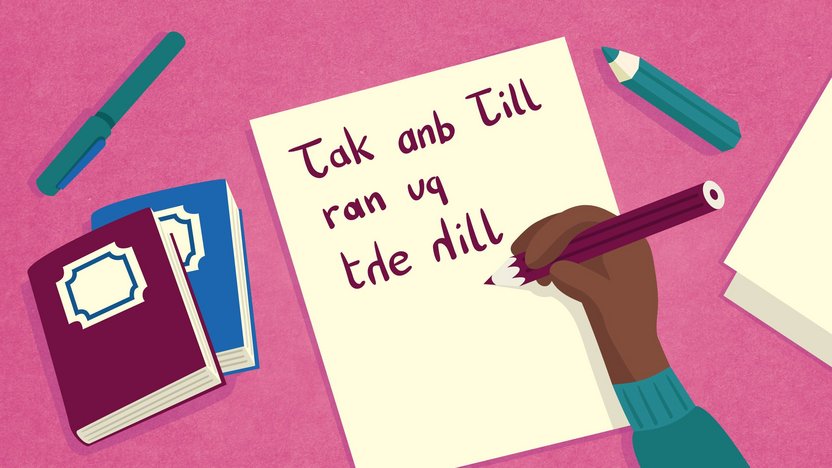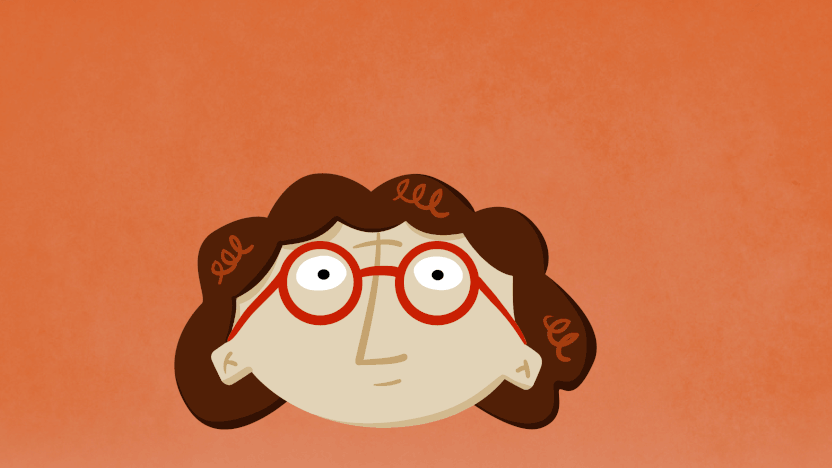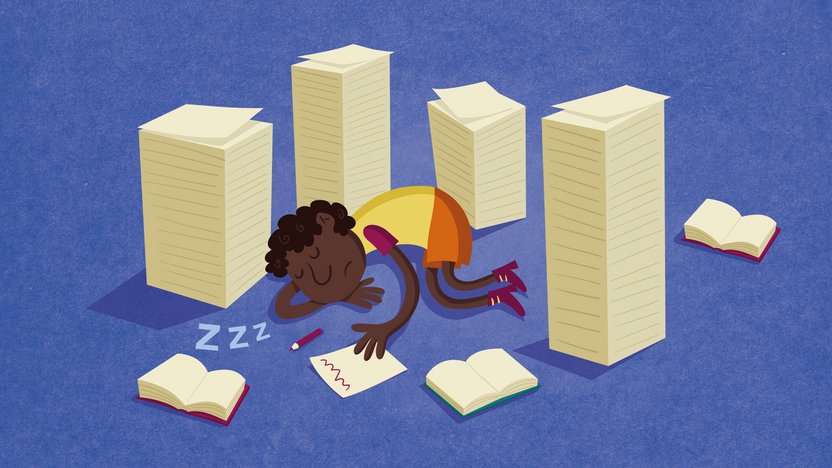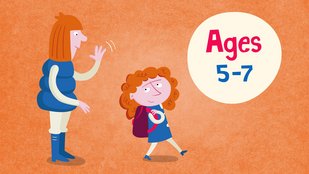Signs of Dyslexia: 5-7 years
It is very important to identify dyslexia as early as possible and once identified, to change the teaching approach to one that suits the needs of the individual child. If you know what to look for, then dyslexia can be identified without the need for an assessment. Look out for these signs:
A parent with dyslexia
If one parent is dyslexic, there is almost a 50% chance their child has dyslexia too. Where both parents have dyslexia, it is almost certain.
Struggles to learn letter sounds and names
Takes much longer to learn the connection between letters and sounds.
Can't sound out, or blend.
By the time they have got to the final sound, they’ve forgotten the ones that came before.
Tries to guess the word.
Does not know the order of the alphabet.
Continues to reverse letters after the age of 6 or after two years of handwriting instruction.

Struggles to learn to read
When reading:
May leave out letters or substitute similar-looking words,
Skips over words or lines,
They may read a word, but then not recognize it further down the same page.
When a child has difficulty reading they will try to avoid doing it. This does not mean they are lazy.

Spelling difficulties
Writing the letters of a word in a different order.
Adding extra letters.
Using the wrong vowel sound.
Learning high frequency words will be difficult. These words cannot be learned using flashcards.
Mixing up sounds.
Some children with dyslexia will mix up the order of syllables in spoken words.
Falling behind other children.
Becomes exhausted after reading and writing.

Other considerations
Find out if learning speech was delayed or there has been a history of ear infections.
All children may show some of these signs as part of normal development. The important difference is, that while other children quickly develop their abilities, for a child with dyslexia the difficulties will be more severe and persistent.
